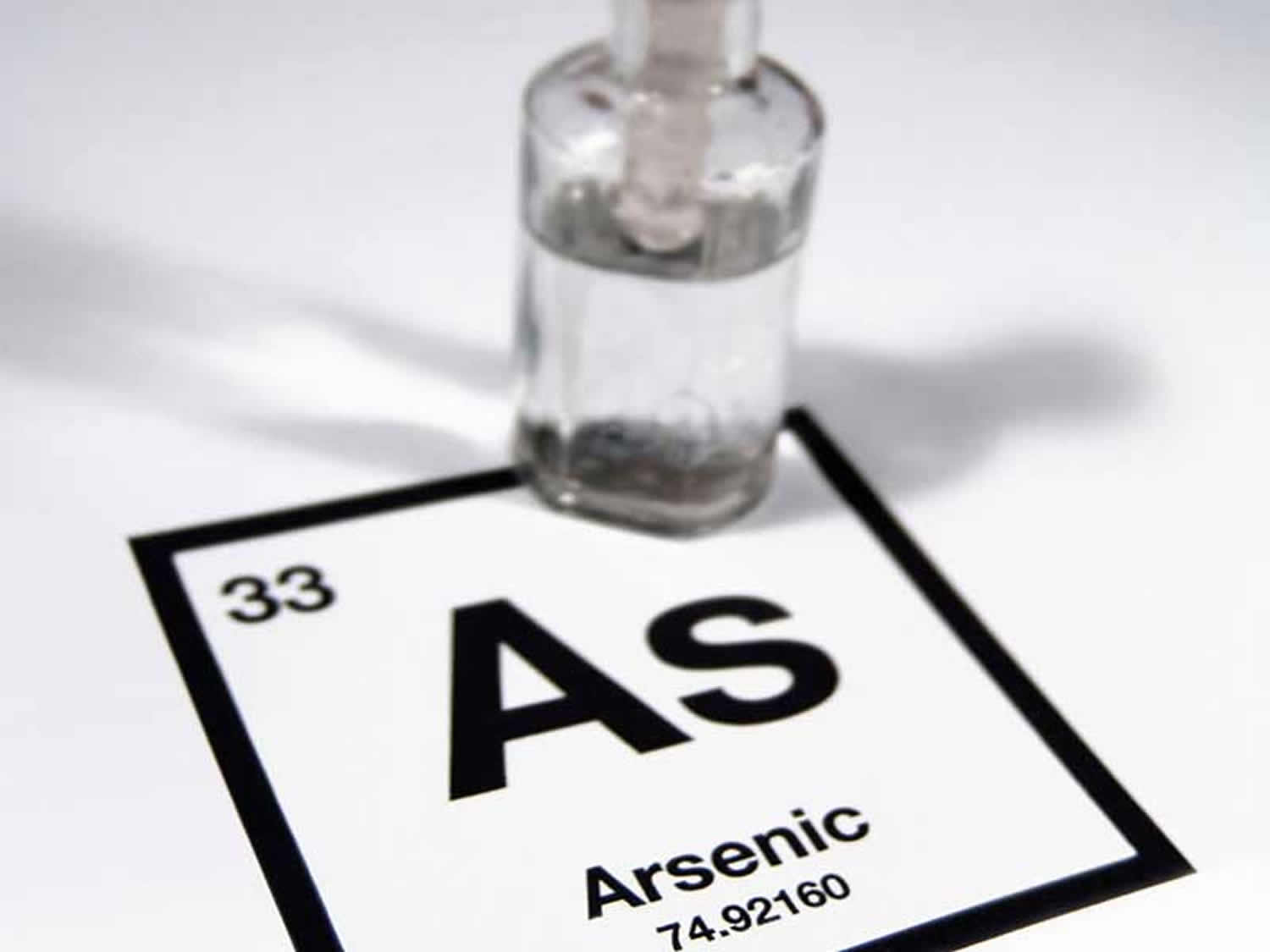

A progressive deterioration in the motor and sensory responses may also result, finally leading to shock and death. Among those symptoms linked with acute exposure to arsenic-laced well water (typically containing more than 1,200 micrograms per liter ) are abdominal pain, vomiting, diarrhea, muscular weakness and cramping, pain to the extremities, erythematous skin eruptions, and swelling of the eyelids, feet, and hands. The noncancer effects of arsenic arise from both acute and chronic exposures. “Furthermore, we recently found similar effects on other members of the nuclear receptor signaling family, including retinoic acid and thyroid hormone receptors.” Since these receptors are central to so many biological processes, Hamilton suggests that this may be an important way by which chronic arsenic exposure contributes to so many malignancies as well as nonmalignant diseases. “We demonstrated this with the glucocorticoid receptor and subsequently showed that arsenic has similar effects on all five steroid receptors,” says Hamilton. Joshua Hamilton, program director of the Dartmouth College Superfund Basic Research Program, and colleagues published papers on the latter topic in the March 2001 issue of EHP and the August 2004 issue of Chemical Research in Toxicology. Studies have shown arsenic to be a potent endocrine disruptor, altering hormone-mediated cell signaling at extremely low concentrations. Research published in the 1 April 2005 issue of the Journal of Clinical Oncology suggests that arsenic trioxide may have therapeutic uses in other malignancies as well, and that it may be used in combination with other chemotherapy drugs to expand their benefits.Īnd yet, no toxicologist would deny that chronic arsenic exposure places people at risk for a host of adverse health effects, from skin and internal cancers (of the bladder, kidney, liver, lung, colon, uterus, prostate, and stomach) to diabetes mellitus and vascular, reproductive, developmental, and neurological effects. Arsenic trioxide is known for its use in the treatment of acute promyelocytic leukemia in patients who are unresponsive to, or have relapsed from, certain chemotherapy agents. Today, arsenic compounds are still used for pharmaceutical purposes. Hippocrates, the father of western medicine, recorded arsenic’s usefulness as a topical remedy for skin ulcers. People in the Middle Ages wore arsenic amulets around their necks to ward off the bubonic plague, and women in Victorian times applied arsenic compounds to their faces to whiten their complexions. And yet, arsenic’s image has not always been so morbid. Through the centuries, this “king of poisons” was a common means of homicide. the ancients knew about arsenic, whose name comes from the Greek word for potent. No other element has such a complex and variegated past.


 0 kommentar(er)
0 kommentar(er)
